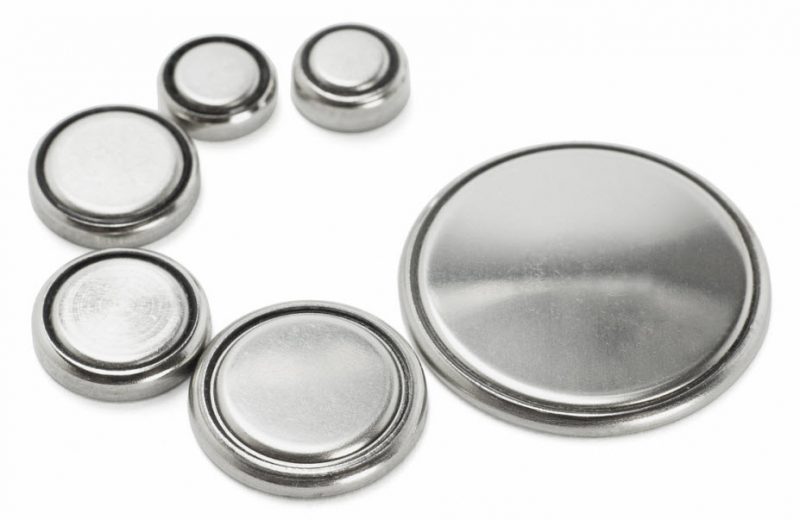COMMONWEALTH OF AUSTRALIA
COMPETITION AND CONSUMER ACT 2010
SAFETY WARNING NOTICE
Pursuant to paragraph 129(1)(b) of Schedule 2 of the Competition and Consumer Act 2010, I, Stuart Robert, Assistant Treasurer, publish this notice to warn of possible risks involved in the use of the consumer goods of the kind specified below.
Particulars of the consumer goods – button batteries
Button batteries are flat, round, single cell batteries with diameters up to 32 mm, and the main battery chemistries used are alkaline, lithium and silver oxide.
Button batteries may also be referred to as coin cell batteries.
Button batteries are used in a broad range of personal and household products such as remote controls for appliances and electronics, computers and calculators, garage door openers, flameless candles, toys and games, cameras, key fobs, kids’ jewellery, novelties, torches, book lights, kitchen scales, musical greeting cards and in clothing and accessories.
Possible risks involved in the use of button batteries
Button batteries pose a serious hazard to children. If swallowed, in addition to presenting a choking hazard, a button battery can get stuck in a child’s throat and cause a chemical reaction that burns through tissue causing catastrophic bleeding. Serious injury can occur in as little as two hours. Death or lifelong injury and impairment can result. These injuries can occur even if the battery that is swallowed is old or spent.
The safety risk to children from button batteries arises when they can get access to the batteries. This may occur in different ways:
- household or other products which use button batteries do not have secure or ‘child resistant’ battery compartments;
- products are supplied with button batteries that still need to be installed in packaging that is not child resistant;
- new or replacement button batteries are purchased separately in packaging that is not child resistant;
- old or spent button batteries have been removed from a product but not properly disposed of.
Advice to consumers
- Only purchase button batteries that come in child resistant packaging, and store them securely.
- If you are buying button battery powered devices, look for ones where the battery compartment requires a tool or dual simultaneous movement to open.
- Keep products with button batteries out of sight and out of reach of small children.
- Examine devices and make sure a child cannot gain access to the button batteries inside.
- Dispose of old or spent button batteries you have removed from a product immediately. Flat batteries can still be dangerous.
- If you suspect a child has swallowed a button battery, contact the Poisons Information Centre on 13 11 26 and you will be directed to the nearest hospital or emergency service that can manage the injury.
Advice to suppliers
- Suppliers (manufacturers, wholesalers, distributors and retailers) are strongly encouraged to adopt the principles outlined in the voluntary Industry Code for Consumer Goods that Contain Button Batteries (the Code).
- The Code requires consumer goods that use one or more replaceable button batteries to either:
- have a battery compartment (or other enclosure) that is secured (preferably with a captive screw, a bolt or mechanism) such that it requires a tool to gain access to the batteries; or
- have a battery compartment that requires two or more independent, and simultaneous actions to remove its cover.
- Ensure that any button batteries you supply are in child resistant packaging with warnings alerting consumers to the hazards to young children.
- Inform consumers at the point of sale, including for online sales, if the product they are purchasing requires button batteries to operate and that these are hazardous to young children.
- Consider the height at which button batteries and products containing button batteries are displayed in retail stores and assess the likelihood of them being accessed by children in the store.
Dated this 29th day of March 2019.
Stuart Robert
Assistant Treasurer
Did you know?
The NRA Technical Standards Committee working group devised the current Industry Code with input from the ACCC and consumer safety regulators.
Find out more about NRA policy and actions on Product Safety & Standards >

